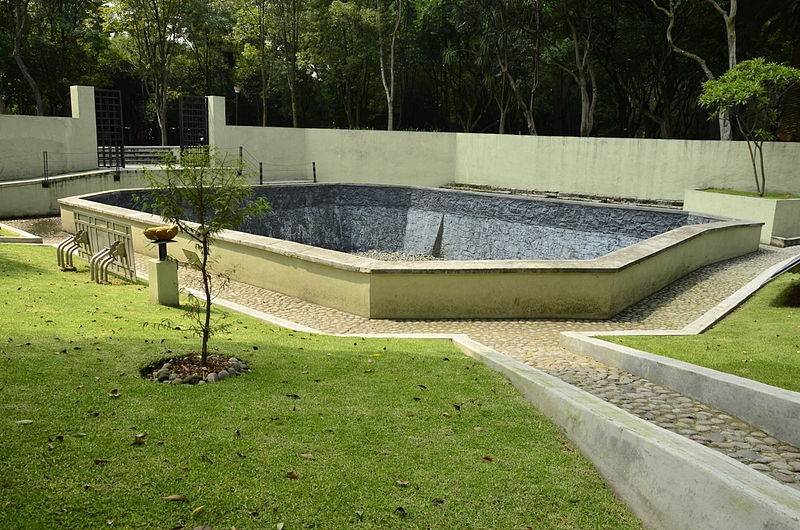

Of pre-Hispanic origin and formerly known as the Espinosa pool, this space supplied water to the haciendas south of Chapultepec Hill, such as La Condesa.
In the 19th century, in front of this water box, a set of baths was built that achieved great fame: the Casa Baños de Chapultepec, owned by José Amor y Escandón. These baths were inaugurated on April 1, 1870, and closed in August 1881.
Eventually, the Escandón family would sell the property to the City Hall, which demolished the baths and integrated the land to the Chapultepec Forest, leaving the pre-Hispanic container standing; by 1910, the area was remodeled for the centennial of Mexico’s Independence and renamed “Baños de Moctezuma”.

Nearest at 0.10 kms.
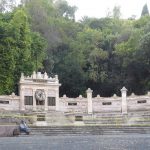
Nearest at 0.23 kms.
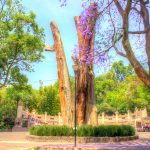
Nearest at 0.23 kms.
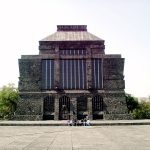
Initially intended as but one part of a City of the Arts, today's Anahuacalli Museum is a far more contemporary space than you might imagine.

One of the most important sites in the city, even today, don't miss the chance to visit the Templo Mayor.
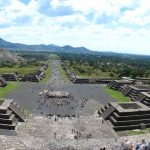
An essential stop for first-time visitors to Mexico City.
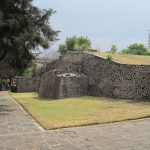
One of the city's newest archaeological sites, it's one of the oldest and deepest of shrines in the Valley.
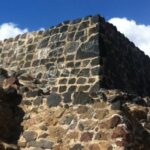
One of the oldest and most significant archaeological zones in Mexico City.